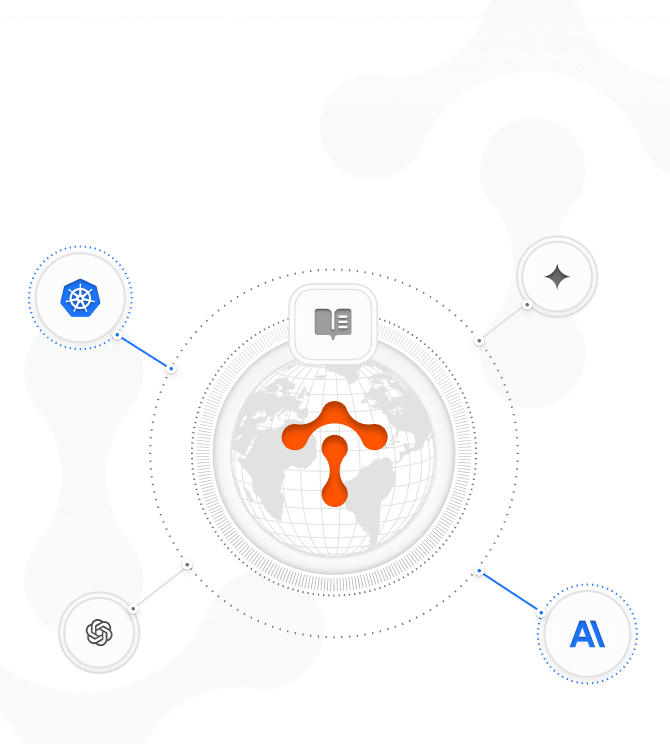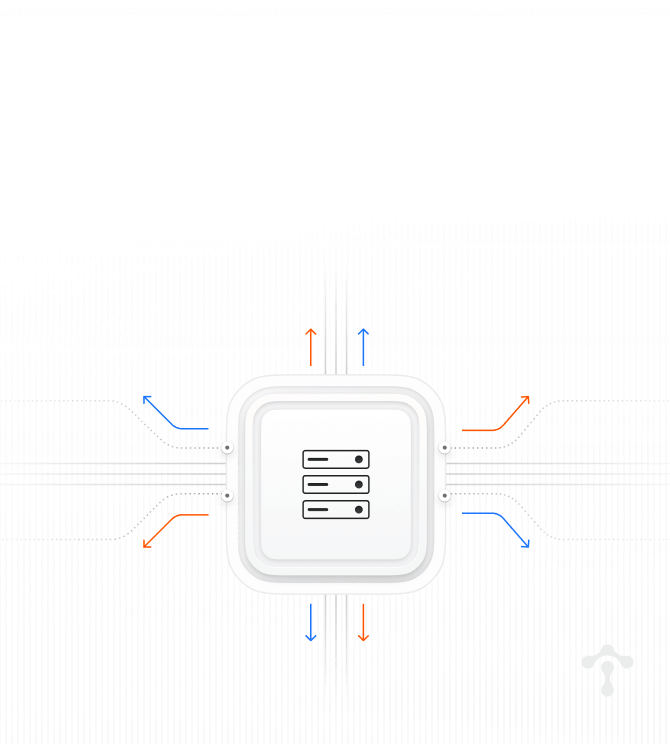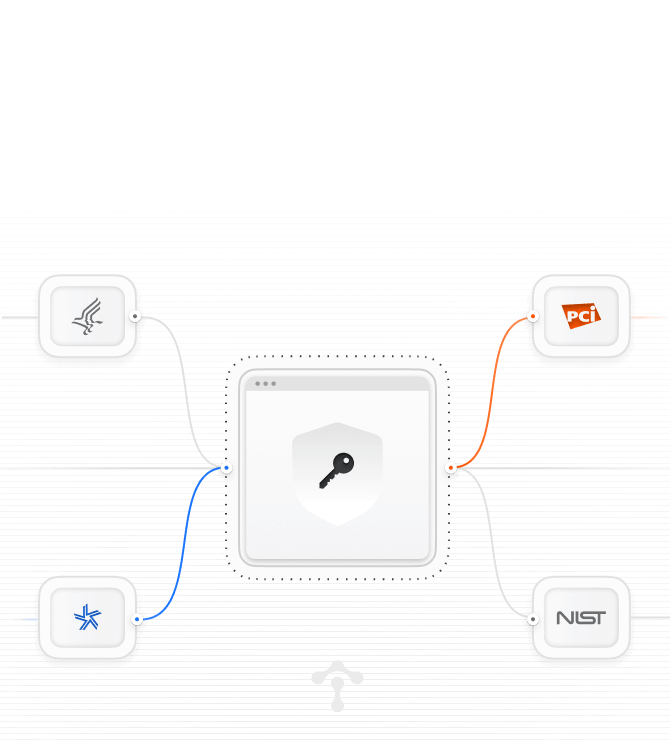
Just Released
Announcing Tetrate Application Gateway
Intent-driven ingress traffic orchestration across clouds, on-prem environments, Kubernetes clusters, and VMs.

Tetrate Academy
Istio Fundamentals Course - Major Upgrade
We’re excited to announce that the Istio Fundamentals course on Tetrate Academy has been fully updated with the latest from the world of Istio!

KubeCon EU London – Free Workshop
Learn How to Use Envoy AI Gateway
Get hands-on with Envoy AI Gateway maintainers from Tetrate and Bloomberg. Space is limited – register now!



















